
Bird's Nest - Herzog & de Meuron in China(2008)
Schaub and Schindelm’s documentary follows two Swiss star architects, Jacques Herzog and Pierre de Meuron, on two very different projects: the national stadium for the Olympic summer games in Peking 2008 and a city area in the provincial town of Jinhua, China.
Movie: Bird's Nest - Herzog & de Meuron in China
Top 2 Billed Cast
Himself
Himself
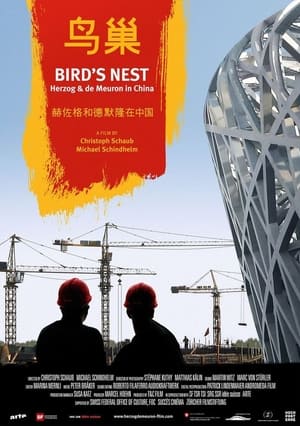
Bird's Nest - Herzog & de Meuron in China
HomePage
Overview
Schaub and Schindelm’s documentary follows two Swiss star architects, Jacques Herzog and Pierre de Meuron, on two very different projects: the national stadium for the Olympic summer games in Peking 2008 and a city area in the provincial town of Jinhua, China.
Release Date
2008-01-22
Average
0
Rating:
0.0 startsTagline
Genres
Languages:
普通话DeutschEnglishKeywords
Similar Movies
 0.0
0.0Bitter Sweet Ballad(zh)
This is a story about youth with music. It all happens at the Dandelion School, Beijing’s first middle school specifically established for the children of migrant workers. Every year when new pupils arrive, Ms. Yuan Xiaoyan, who has worked in the school choir for eight years, would choose a group of music-loving first-years with solid musical foundations to join the choir. A new group of children join the choir while those who have advanced to the second year have to discuss with their families their future choices. For choir members, their music career in middle school will eventually stop due to the pressure of high school entrance examinations and the inevitable parting. But along this journey accompanied by music, they have been savoring the joys and sorrows of their youth, burying them deep in their hearts, and transforming them into growth-promoting nutrients.
 0.0
0.0Richard Meier in Rome Building a Church in the City of Churches(en)
Known for his bold, abstract and stark white buildings, American architect Richard Meier now takes on the challenge of building the Jubilee Church in Rome. Holding the location in high regard, Meier praises the vibrant visual layout of the city and tells us, "Rome is a city of architecture; it's a city of walls and columns and spaces and places and defined places and wherever you look there's architecture" (Richard Meier). Staying true to his signature design style, Meier has created a structure resembling grand soaring sails which appear steady and peaceful as they stand in striking opposition to the city's landscape. Three curved walls separate three distinct spaces: the main sanctuary, the weekday chapel and the baptistry, each with its own entrance. As a contrast he shows us his favorite churches in Rome by his famous colleagues from earlier times.
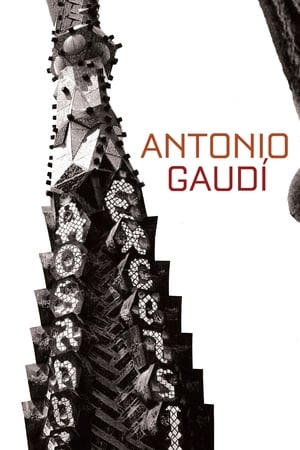 7.2
7.2Antonio Gaudí(ja)
Catalan architect Antonio Gaudí (1852-1926) designed some of the world's most astonishing buildings, interiors, and parks; Japanese director Hiroshi Teshigahara constructed some of the most aesthetically audacious films ever made. With camera work as bold and sensual as the curves of his subject's organic structures, Teshigahara immortalizes Gaudí on film.
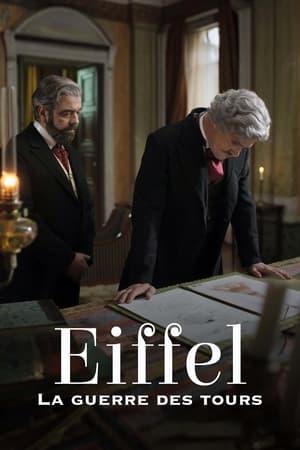 7.3
7.3Eiffel's Race to the Top(fr)
Behind the iconic Eiffel Tower lies the story of an incredible challenge to erect a thousand-foot tower that went far beyond a design competition, and marked a major turning point in engineering history. It was the beginning of radical transformation where iron was pitted against stone, engineering against architecture, and modern design against ancients. Press campaigns, lobbying, public conferences, denigration of opposing projects, bragging about big names - all participants engaged in a fierce battle without concession. Using 3D recreations, official sources (reports, letters, drawings...) and intimate archives obtained from their descendants, this film will bring to life this vertical race through a fresh and visual way to mark the centenary of Eiffel death.
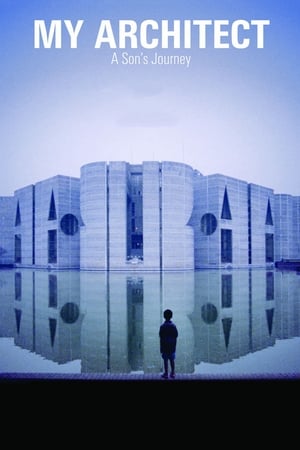 7.0
7.0My Architect: A Son's Journey(en)
World-famous architect Louis Kahn (Exeter Library, Salk Institute, Bangladeshi Capitol Building) had two illegitimate children with two different women outside of his marriage. Son Nathaniel always hoped that someday his father would come and live with him and his mother, but Kahn never left his wife. Instead, Kahn was found dead in a men's room in Penn Station when Nathaniel was only 11.
 7.9
7.9Beijing 2008 Olympic Opening Ceremony(zh)
The 2008 Summer Olympics opening ceremony was held at the Beijing National Stadium, also known as the Bird's Nest. It began at 8:00 p.m. China Standard Time (UTC+8) on August 8, 2008, as 8 is considered to be a lucky number in Chinese culture. Featuring more than 15,000 performers, the ceremony lasted over four hours and cost over $100 million USD to produce.
 9.0
9.0The Everlasting Flame(en)
A documentary covering the 2008 Olympic Games in Beijing.
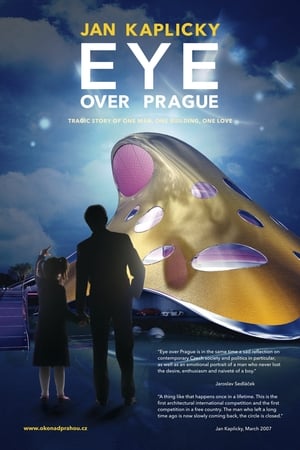 0.0
0.0Eye Over Prague(cs)
A personal and political biography of the Octopus, or the Prague National Library project, but also a biography of the last years of the life of the author of this design, Jan Kaplický, who wrote in his diary in 1998: to win the competition and have one love. With this entry, read by Eliška Kaplicky at the beginning of the film, it is as if the world-class Czech architect wrote not only the "script" for the final decade of his life, but also for a film that follows the dramatic social story of creative imagination and the intimate relationship between a man and a woman.
 6.7
6.7Harta Tahta Raisa(id)
Recording the journey of Raisa, a great Indonesian singer from childhood to her greatest achievements, holding a big concert at Gelora Bung Karno.
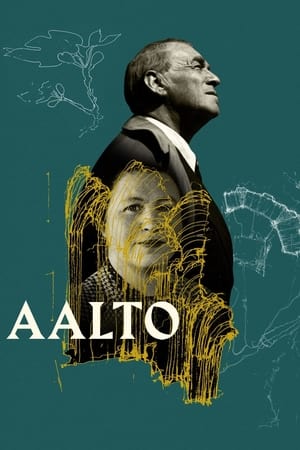 6.1
6.1Aalto(fi)
Aalto is one of the greatest names in modern architecture and design, Aino and Alvar Aalto gave their signature to iconic Scandic design. The first cinematic portrait of their life love story is an enchanting journey of their creations and influence around the world.
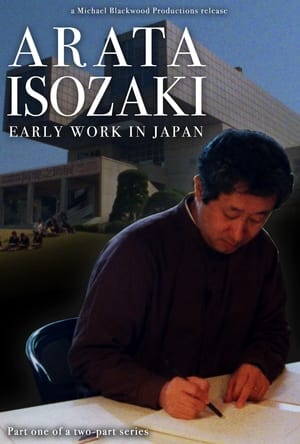 0.0
0.0Arata Isozaki: Early work in Japan(en)
Arata Isozaki: Early Work in Japan takes a detailed look at the architect's pieces, exploring applauded projects such as the EXPO '70 Osaka Festival Plaza, Gunma Prefectural Museum of Modern Art and Kitakyushu Municipal Library. The extraordinary series of architectural breakthroughs made during this time contributed significantly to the evolution of contemporary architecture worldwide, and eventually gained him his first foreign commission
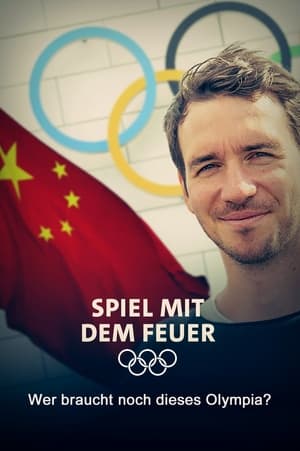 7.0
7.0Spiel mit dem Feuer - Wer braucht noch dieses Olympia?(de)
In the run-up, everything actually spoke against the Chinese capital as the host of the XXIV Olympic Winter Games: Beijing is neither a winter sports region nor are human rights respected in China. The IOC obviously didn't care. Topics such as sustainability, freedom of expression and climate protection were also pushed aside. It's about power and profit instead of the Olympic idea and its values. But more and more athletes are speaking up and calling for a reform of the Olympic Games. A pioneer in this matter is ARD Olympic expert Felix Neureuther, a former alpine skier, who sucked up the Olympic spirit with his mother's milk, because his parents are alpine ski legend Rosi Mittermaier, double gold medalist at the 1976 Winter Games in Innsbruck, and father Christian, a ski racer, who took part three times at the Olympics. Based on interviews with athletes, experts, IOC officials and persecuted Uyghurs, Felix gets a glimpse behind the scenes of the Olympic system.
 7.4
7.4Leonardo: The Mystery of the Lost Portrait(fr)
Leonardo da Vinci is not just the most famous and most admired of all painters - he is an icon, a superstar. Yet, the man himself remains elusive. Accounts during his lifetime describe a man too handsome, too strong, too perfect to be accurate. But in 2009, the chance discovery in the South of Italy of an ancient portrait with strangely familiar features takes the art world by storm. Could this be an unknown self-portrait by Leonardo da Vinci? Controversy erupts among the experts. The implications of such a discovery have far-reaching consequences for our understanding of the work of this great Renaissance master.
 7.7
7.7Bumming in Beijing: The Last Dreamers(zh)
A documentary following five young artists from around China, who travelled to Beijing in the 1980s to work as freelancers, exploring their lives, careers, and what aspirations they may have for the future.
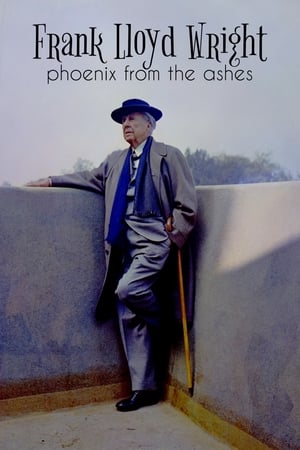 7.5
7.5Frank Lloyd Wright: Phoenix From the Ashes(de)
A portrait of Frank Lloyd Wright (1867-1959), a genius of modern architecture, whose life passed between glory, scandal and tragedy.
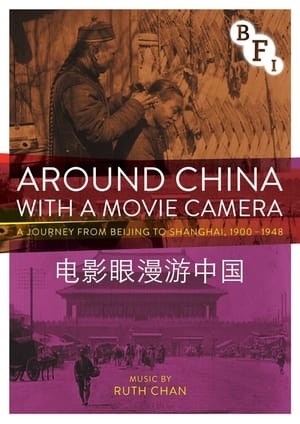 4.2
4.2Around China with a Movie Camera(en)
A new film compiled from the BFI National Archive's unparalleled holdings of early films of China, features films from 1900-48 filmed across China. The cinematic journey of Around China with a Movie Camera contains many films which may never have been seen in China, or at the very least not for over 70 years. These travelogues, newsreels and home movies were made by a diverse group of British and French filmmakers, some professionals, but mainly enthusiastic amateurs, including intrepid tourists, colonial-era expatriates and Christian missionaries.
 6.8
6.8Kevin Hart: Let Me Explain(en)
Captures the laughter, energy and mayhem from Hart's 2012 "Let Me Explain" concert tour, which spanned 10 countries and 80 cities, and generated over $32 million in ticket sales.
 7.8
7.8Beijing 2022 Olympic Opening Ceremony(zh)
On February 4, 2022, the opening ceremony of the 24th Winter Olympic Games was held at the Beijing National Stadium.
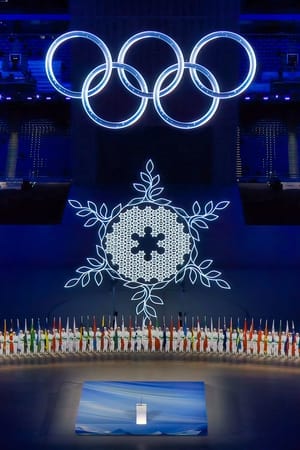 6.5
6.5Beijing 2022 Olympics Closing Ceremony(zh)
On February 20, 2022, the closing ceremony of the 24th Winter Olympic Games was held at the Beijing National Stadium.
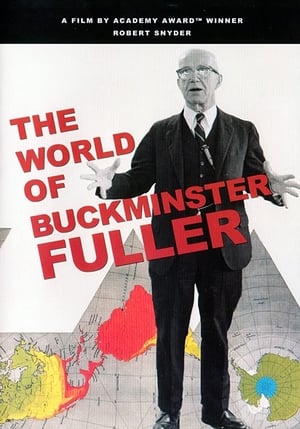 7.0
7.0The World of Buckminster Fuller(en)
Architect, engineer, geometrician, cartographer, philosopher, futurist, inventor of the famous geodesic dome and one of the most brilliant thinkers of his time. Fuller was renowned for his comprehensive perspective on the world's problems. For more than five decades he developed pioneering solutions reflecting his commitment to the potential of innovative design to create technology that does "more with less" and thereby improve human lives. He spent much of his life traveling the world lecturing and discussing his ideas with thousands of audiences. Now more relevant than ever, this film captures Fuller's ideas and thinking told in his own words.